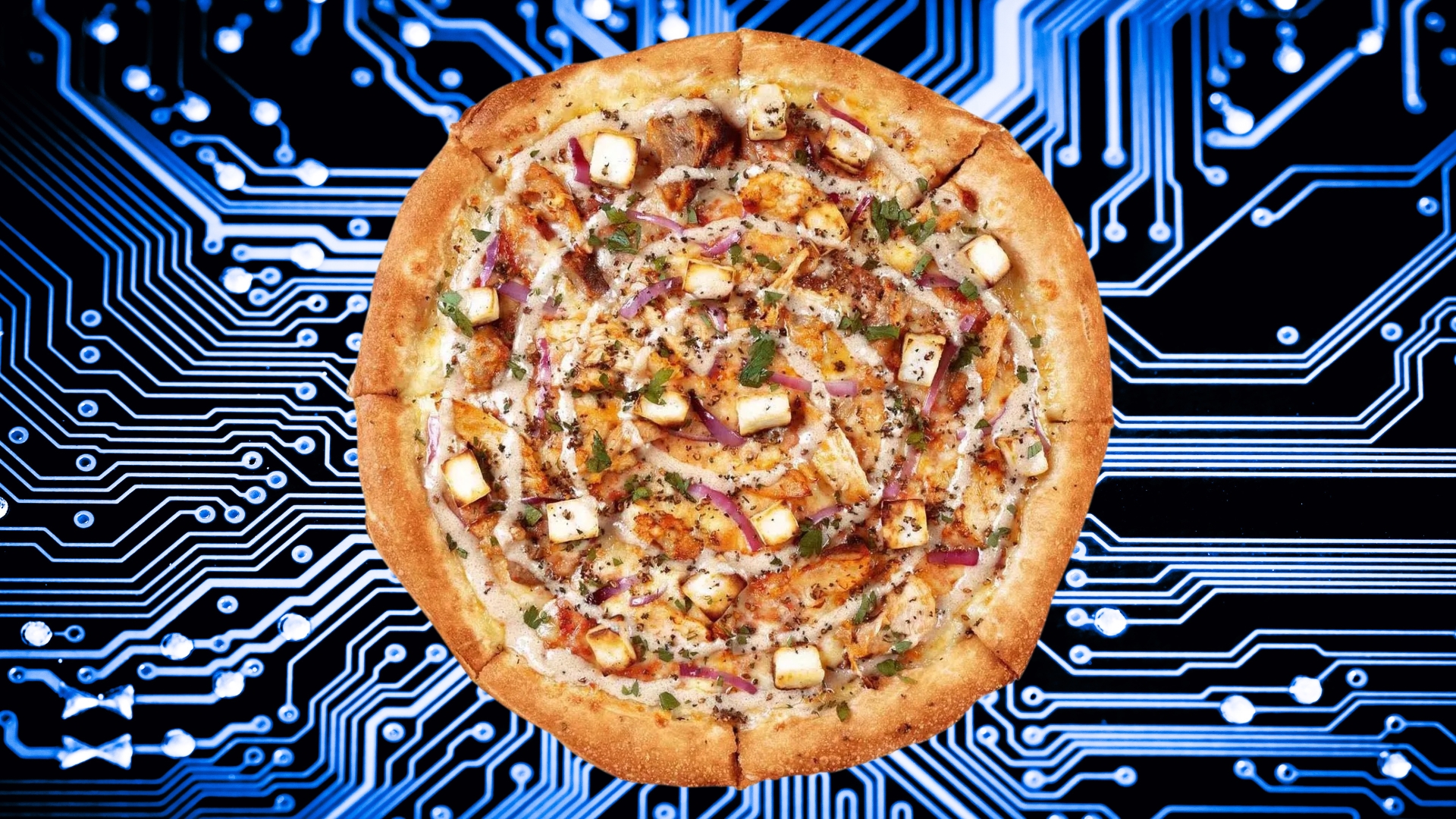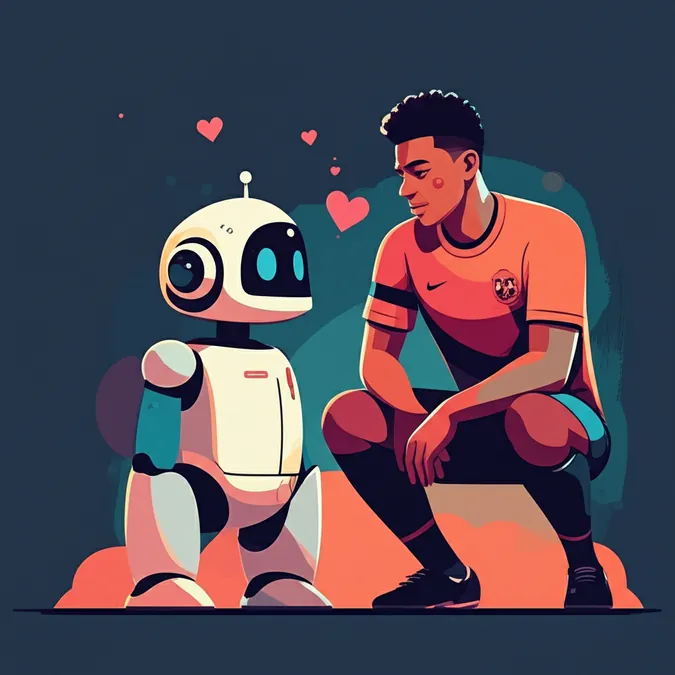Level Up Your ChatGPT Prompts With Images
Have you ever asked an AI for a creative idea, only to get a response so generic it’s almost useless? It’s a common frustration, especially when turning to tools like ChatGPT for daily inspiration, like figuring out what’s for dinner.
I experienced this firsthand. When I first started using ChatGPT for recipe ideas, it seemed convinced that I had a deep-seated fear of flavor. My requests for a chicken dinner or an easy vegetarian meal were met with suggestions for unseasoned grilled chicken or pasta with a lonely drizzle of olive oil. The AI's menu was a one-way ticket to bland-town, consistently defaulting to the least exciting option imaginable. It wasn't about being healthy; some recipes were loaded with butter or mild cheese, but a pinch of paprika was apparently out of the question.

From Bland to Bold: The Problem with Vague Prompts
It felt like a fluke at first, but after several attempts, a pattern emerged. ChatGPT, when given a simple prompt, plays it incredibly safe. It fills in the blanks of what it doesn't know about you with statistically average, middle-of-the-road ideas that are designed to please the largest possible crowd. The result is content that lacks personality and, in the case of my dinner plans, any real flavor.
The Visual Solution: A Game Changer for AI
So, how do you spice things up? I realized that ChatGPT has a powerful feature that goes beyond text: it can see. The AI can examine and interpret images, analyzing a plate of food to identify ingredients and flavor profiles.
This gave me an idea. I uploaded a few photos of my all-time favorite meals: a fiery bowl of Thai noodles, a fragrant Moroccan chicken tagine, and some homemade enchiladas loaded with chiles. I added a simple prompt: “Hey, these are the kinds of meals I like. Can you suggest dinner ideas in these styles?”
Unlocking a World of Flavor
The change was instantaneous. Without so much as an apology for its previously tasteless suggestions, ChatGPT opened the floodgates of flavor. Suddenly, my screen was filled with incredible ideas:
- Grilled harissa chicken with a side of preserved lemon couscous.
- A vibrant Gochujang rice bowl with quick-pickled cucumbers and crispy shallots.
- An umami-packed dish of black garlic noodles with miso butter and bok choy.
My meal plan for the week went from boring to mouth-watering. All it took was showing the AI what I actually wanted.
Beyond the Kitchen: The 'Show, Dont Tell' AI Principle
This breakthrough isn't just a cooking hack; it's a fundamental lesson in how to get the most out of generative AI. When you provide specific context, the model responds in kind. You’re no longer a generic user; you are actively curating the AI’s output to match your personal taste.
This "show, don't tell" approach works for almost anything.
- Want interior design ideas? Upload a photo of a room you love and ask for suggestions to recreate the vibe with budget-friendly furniture.
- Need a new workout plan? Describe your current fitness level, available equipment, and goals in vivid detail.
The truth is, AI chatbots don't know what you want until you show them. While you can paint a vivid picture with words, providing an actual image is often the most direct path to a useful result. The more context you give it—the spice level you crave, the vibe you're after, even the number of dishes you’re willing to wash—the more it gives back.
By showing up with specifics, you transform the AI from a simple search engine into a powerful, personalized assistant ready to help you create something you'll truly love.


